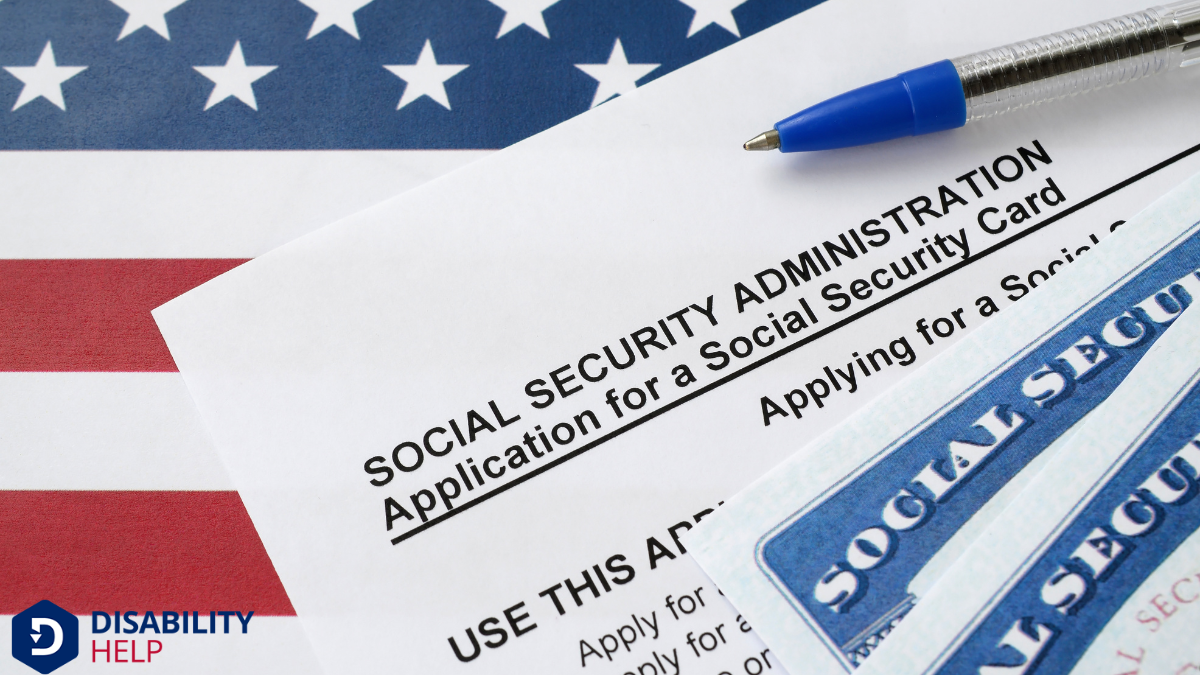To figure out where our Social Security number was issued, we need to focus on the first three digits. These digits, known as the area number, historically indicated the geographic region where the number was assigned. Before 2011, these numbers helped tie our SSNs to specific locations. However, since then, the Social Security Administration has moved to randomization to enhance security. This means newer numbers no longer reflect the location. For those with older SSNs, we can check historical data or visit the SSA's website for insights. There's more to uncover about how our SSNs were originally assigned.
Key Takeaways
- Check the first three digits of your SSN to determine the original geographical issuance location.
- Use historical data and the SSA website to find the state tied to your SSN's first three digits.
- Visit third-party websites with databases of historical SSN issuance information for additional insights.
- Contact the Social Security Administration for direct assistance in determining your SSN's issuance location.
- Understand that numbers issued after 2011 are randomized and do not indicate issuance location.
Understanding Social Security Numbers
Social Security Numbers (SSNs) are vital identifiers in the United States, serving as a key to accessing various services and benefits. They're not just random sequences of numbers; they've a specific format designed to convey important information. As we deep dive into understanding SSNs, it's essential to recognize how they're structured and what each part signifies.
An SSN consists of nine digits divided into three parts: the area number, the group number, and the serial number.
The area number, the first three digits, historically indicated the geographical region where the SSN was issued.
The group number, the middle two digits, and the serial number, the last four digits, were used to manage the number issuance within each area.
Although the Social Security Administration (SSA) changed its assignment method in 2011 to randomization, understanding the original structure helps us grasp how these numbers were initially intended to function.
This change aimed to protect against identity theft and guarantee a more even distribution of numbers.
History of Issuing Locations

While we've delved into the structure of Social Security Numbers, it's fascinating to look back at how the issuing locations played a role in their creation. Originally, Social Security Numbers (SSNs) were introduced in 1936 as part of the Social Security Act. At that time, the numbers were tied to specific locations because they were issued through regional offices. This regional distribution helped streamline the administration process, ensuring that each number was unique and traceable to a particular area.
In the early days, the first three digits of the SSN were vital because they indicated the state or territory where the card was issued. This method of assigning numbers based on geographic location was practical given the limited technology of the time. It allowed local offices to manage and track social security accounts more effectively.
However, as our society grew and technology advanced, the system needed to adaptA grassroots disability rights organization in the U.S. that focuses on promoting community-based se.... The regional significance of the issuing locations became less important, and the Social Security Administration eventually shifted to a more centralized system. Understanding this history gives us insight into how our current numbering system evolved to meet the changing needs of an increasingly mobile population.
Decoding the First Three Digits
To better understand the importance of the first three digits of our Social Security Numbers, let's explore how they were originally designed to encode geographic information. These digits, known as the area number, were initially assigned based on the location where our Social Security card applications were processed.
Each state and territory was allocated a unique range of numbers, effectively tying our number to a specific region. For example, lower numbers were typically assigned to the eastern states, while higher numbers were given to the western states.
When we look at our Social Security Number, the first three digits can tell us where the issuing office was located at the time of application. This system allowed the Social Security Administration (SSA) to efficiently manage records and track the issuance of numbers across the country.
While it doesn't necessarily reflect where we were born or currently reside, it gives us a glimpse into where our journey with Social Security began.
Understanding this historical context helps us appreciate how the SSA managed such a vast system. It demonstrates how geographic allocations played an integral role in maintaining order and accuracy in the early days of Social Security.
Changes in Number Allocation
Over time, changes in how Social Security Numbers (SSNs) are allocated have occurred to address various challenges and improve security. Initially, the first three digits of the SSN were based on the geographical area where the card was issued. This system worked well when the population was smaller and people were less mobile. However, as our nation grew and people moved more frequently, this method became less effective.
In response, the Social Security Administration (SSA) introduced a process called "randomization" in 2011. This change was designed to combat identity theft and fraud by eliminating the geographical significance of the first three digits. Under this system, SSNs are now assigned randomly, making it much harder for someone to guess an SSN based on where an individual might live.
This randomization also helps extend the supply of available numbers, ensuring that we don't run out of SSNs as the population continues to grow. While the change may make it more challenging to determine where a Social Security Number was originally issued, it ultimately enhances the security and longevity of the numbering system. Understanding these changes helps us appreciate the evolving nature of SSN allocation and its importance in safeguarding our identities.
Tools to Determine Issuance

Determining where a Social Security Number was originally issued can be a bit tricky, given the changes in the allocation system. However, we've some tools at our disposal to help us demystify this process.
Before 2011, the first three digits of a Social Security Number, known as the area number, provided clues about the geographic region where it was issued. While the SSA has since moved to a randomized system, we can still use historical data to understand older numbers.
One resource we can utilize is the Social Security Administration's official website, which offers detailed explanations and historical information about number issuance. This can guide us as we try to pinpoint the original issuance location. Additionally, there are third-party websites that compile databases of historical Social Security information, though we should use these cautiously and verify any findings.
For those of us more comfortable with direct assistance, contacting the SSA directly can be a valuable step. They've resources and personnel ready to help clarify details about Social Security Numbers. By leveraging these tools, we can gain a clearer understanding of where our Social Security Numbers were issued, even amidst the complexities of past and present systems.
Common Misconceptions
When it comes to Social Security Numbers (SSNs), there are several misconceptions that can lead to confusion. One common misunderstanding is that the first three digits of our SSN indicate where we were born. In fact, these digits, known as the area number, originally represented the location where the SSN was issued, not our birthplace. However, since 2011, the Social Security Administration (SSA) changed the process to a randomization system, meaning these numbers no longer correspond to any geographical location.
Another misconception is that we can determine the exact date our SSN was issued by its digits. While the area number is used to provide a rough idea of where the SSN was assigned, it doesn't reveal the specific date of issuance. The SSA doesn't provide individual issuance dates as part of the SSN.
Lastly, some people believe that an SSN can be changed easily, but that's not the case. Changing an SSN involves strict criteria and is only possible in rare circumstances, such as identity theft or harassment. It's essential to understand these aspects to avoid misunderstandings about our Social Security Numbers and manage them responsibly.
Conclusion
We've journeyed through the history and nuances of Social Security numbers together. By understanding the first three digits and the changes in allocation over time, we've learned how to trace where a number was issued. With tools and resources at our disposal, it's easier than ever to decode this information. Remember, while there are common misconceptions, knowing the facts empowers us. Let's continue to stay informed and uncover the stories behind our numbers.






